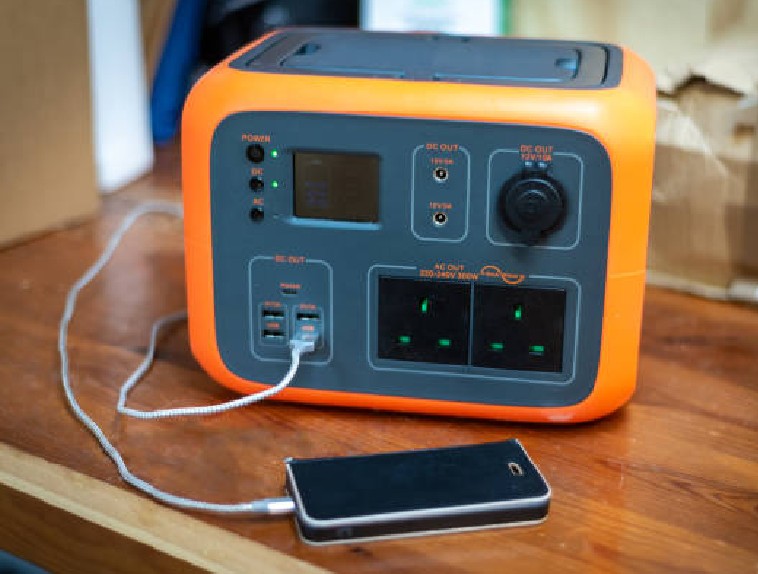Question: Counterfeit UL listing mark
How can we tell if a UL Listing Mark is counterfeit? Is there something we should look for?
Answer
For over a century, the UL Mark, has been considered the American Symbol of Safety. Each day, employees at UL go to work for a safer world. On the other end, counterfeiters go to work to profit at the expense of the public’s well being and a company’s reputation.
Each year, over 17 billion authentic UL Marks appear on products that have been evaluated by UL for safety from fi re, electric shock, and physical hazards. While incidents of counterfeiting represent only a fraction of a percentage point of all the legitimate UL labels used annually, UL is totally committed to aggressive anti-counterfeiting activities. The UL Listing Mark always includes as one element, the familiar UL symbol (the UL in a circle) or other specifi c formats authorized by UL.
A legitimate Listing Mark also contains three additional elements:
1) the word “LISTED”; 2) the product identity; and 3) a unique four-character alphanumeric control number assigned by UL.
The following warning signs may be indicative of a product that does not have UL Listing:
- A product whose label does not contain the four elements outlined above.
- Any product that references UL on the carton or on the product itself but has no company name or address.
- Any product that references UL on the carton, but not on the product itself.
- Cheap, low quality workmanship and/or packaging.
- Marks with the letters “UL” side by side instead of staggered, the lack of a control number, or the words
“Approved” or “Pending” instead of “LISTED” or “CLASSIFIED”
The product identity as indicated in the Guide Information (this information can be found in UL’s General Information for Electrical Equipment Directory, ” the White Book” for each product category) is generally included as part of the UL Mark, but may be omitted when, in UL’s opinion, the use of the name is unnecessary and the UL Mark is directly and permanently applied to the product by stamping, molding, ink-stamping, silk screening, or similar processes.
The complete four element UL Mark will always appear on the product unless the product is of such a size, shape, material or surface texture that, in UL’s opinion, is impossible to apply legibly that complete marking to the product. In these cases the complete UL Listing will then appear on the smallest unit container in which the product is packaged. It is important therefore to also check any packaging, boxes, that the product came in. UL may authorize the use of the UL symbol on the product in addition to the complete UL Mark on the package.
UL has taken many rigorous steps, including introduction of holographic labels, color schemes specific to each product category, and overt/covert security coding, to maintain the integrity of our Marks.
UL has an anti-counterfeiting operation team specifically dedicated to protection of UL’s Marks. For nearly ten years, UL and U.S. Customs have partnered in extensive and unprecedented nationwide anti-counterfeiting efforts that have resulted in the seizure of millions of products bearing counterfeit UL Marks.
If you come across a suspicious product referencing UL, or have any questions on UL’s anti-counterfeiting and U.S. Customs programs, contact Mr. Brian Monks in Melville, NY, by phone at 631-271-6200, ext. 22856, or by e-mail at Brian.H.Monks@us.ul.com.
Question: Gasoline vapors and vending machines
Does UL take into account the chimney effect of gasoline vapors through a vending machine when evaluating these machines for use at service stations? Also, is there an external marking to indicate that the units are suitable for an island?
Answer
UL Lists refrigerated vending machines for use on fuel dispensing islands under the product category, “Dispensing Devices, Control, Monitoring and Auxiliary Equipment” (EQXX).
The UL Guide Information can be found on page 49 of the 2003 Flammable and Combustible Liquids and Gases Equipment Directory. These vending machines have been found suitable for use over or in a Class I, Group D, Division 2 hazardous location that does not extend more than 18 inches above grade. Vending machines Listed in other product categories have not been investigated for use in or over a hazardous location.
This is consistent with NEC Article 514 (particularly Figure 514.3) and the Automotive and Marine Service Station Code, NFPA 30A. UL does consider airflow through units specifically evaluated for use on fuel dispensing location. Some units are provided with a vapor barrier to prevent vapors from flowing through the unit above the 18-inch level.
These products are marked as follows, “This product is to be installed in accordance with the National Electrical Code, NFPA 70, the Automotive and Marine Services Station Code, NFPA 30A, and Local Authority Having Jurisdiction,” and “Minimum installation requirement of 18 in. from any flammable liquid dispensing device.”
Question: Dry type power distribution transformer
Is the copper or aluminum ribbon-bonding jumper provided on dry type power distribution transformers between the core and the enclosure intended as the main bonding jumper for grounding a separately derived system?
Answer
Dry type power transformers are Listed under the UL product category Power and General Purpose Transformers, Dry Type (XQNX), located on page 128 in the 2003 General Information for Electrical Equipment Directory (the White Book). The copper or aluminum ribbon bonding jumper that may be provided between the enclosure and the transformer core on dry type transformers is not intended to be, nor is it sized to be the main bonding jumper as required by 2002 NEC Section 250.30(A)(1).
These bonding ribbons are intended to provide continuity between the grounded transformer core and the enclosure, often around rubber isolating mounts to which the transformer may be mounted.










Find Us on Socials